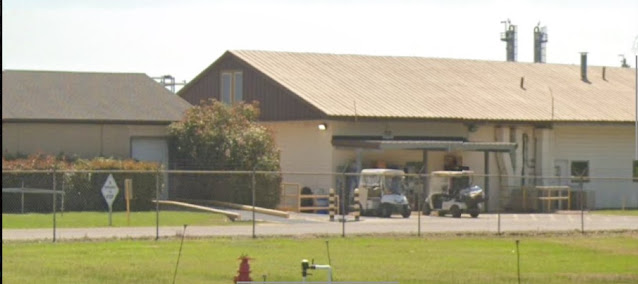Deadly Descent: Concrete Pump Topples, Claiming One Life
A Concrete Pump overturns on a construction site
and kills one worker in the Houston area
My geotechnical firm investigated the soil conditions under the crane and the timber that was placed under the outriggers.
They conducted a geotechnical investigation of the soil.
The soil conditions under the crane were sufficiently compacted for the weight of the crane. Based on their calculation, the soil bearing capacity was 2,100 psf for a safety factor of 3.
They measured and analyzed the support timbers under the crane’s outrigger and found that they were insufficient in size.
Based on the results of the field
explorations, laboratory testing, and engineering analysis, it was the Geotechnical
opinion that the potential causes of the concrete pump truck outrigger failure
are as follows:
1) The
concrete pump truck outrigger failure occurred at the rear outrigger leg.
2) The
significant presence of plastic trash beneath the rear outrigger leg support
area is attributed to one of the main reasons that resulted in the rear outrigger leg
support failure.
3) It
is likely that this area is a disposal site for waste materials. Thus, the on-site
soils in this area were disturbed and poorly compacted.
4) The
presence of gasoline crossing the rear outrigger leg support area could
contribute to the rear outrigger leg support failure due to soil disturbances and
poor compaction by the construction of the gas line.
5) The
presence of the hidden voids near the rear outrigger leg support area could
contribute to the rear outrigger leg support failure.
6) Rainfall
contributed to the rear outrigger leg support failure by increasing the
subsoil moisture and decreasing the soil shear strength.
Perform a bearing capacity check of the
staging area by a geotechnical engineer for any crane or concrete pump truck
outrigger used on the project.
Meet with your crane operator
and review a lifting plan before work commences.
Consider all the aspects of
the lift;
1)
Weight
2)
Center of gravity
3)
Lifting points
on the load
4)
The path that
the load will travel during the lift.
5)
The capabilities
of the crane, review the load tables or the instrument of loading.
6)
Consider the
wind
7)
Communication
during the whole process of the lift.
8)
Are the
outrigger pads a sufficient size?
Shettig Construction Management provides Professional Construction Management services from the inception of your project through completion. www.shettig.com
mshettig@gmail.com











Comments
Post a Comment